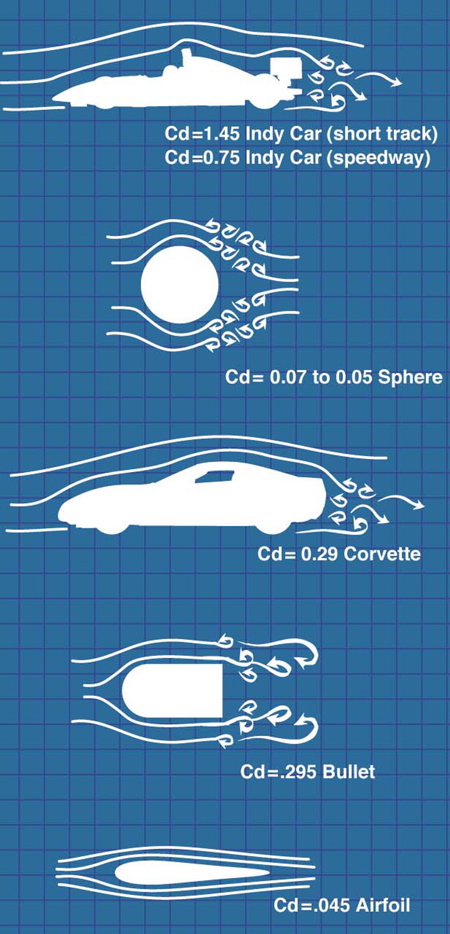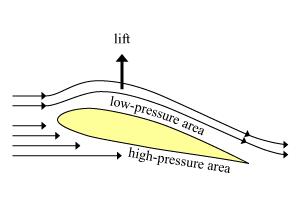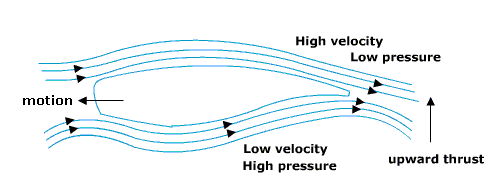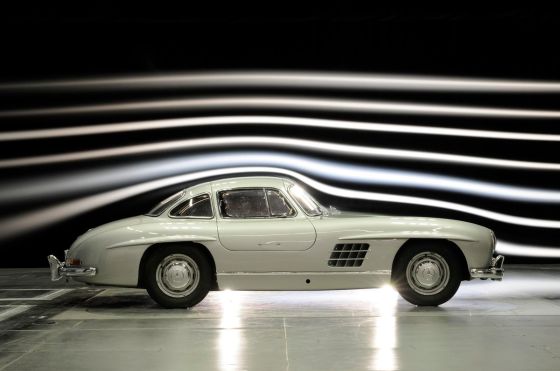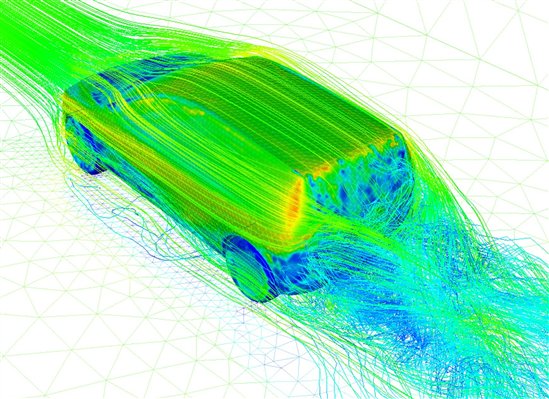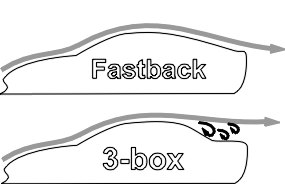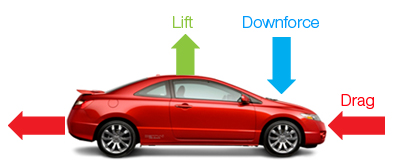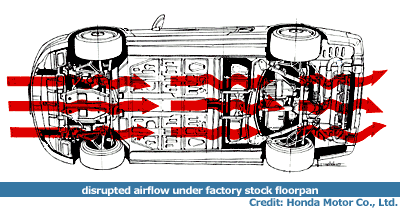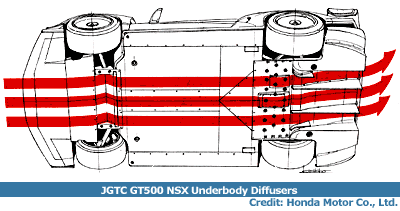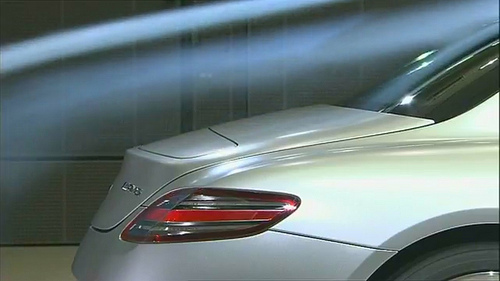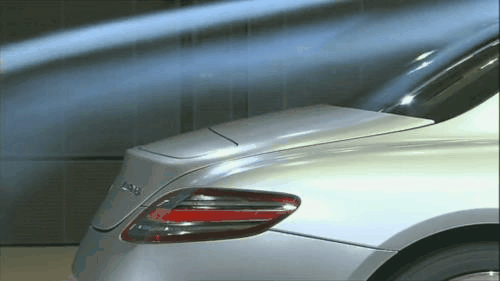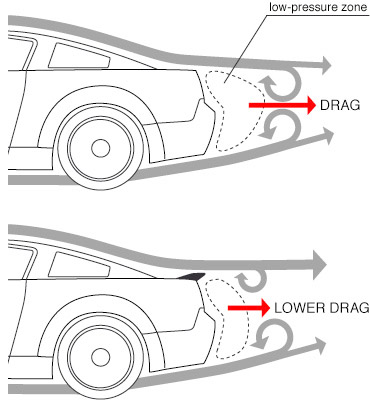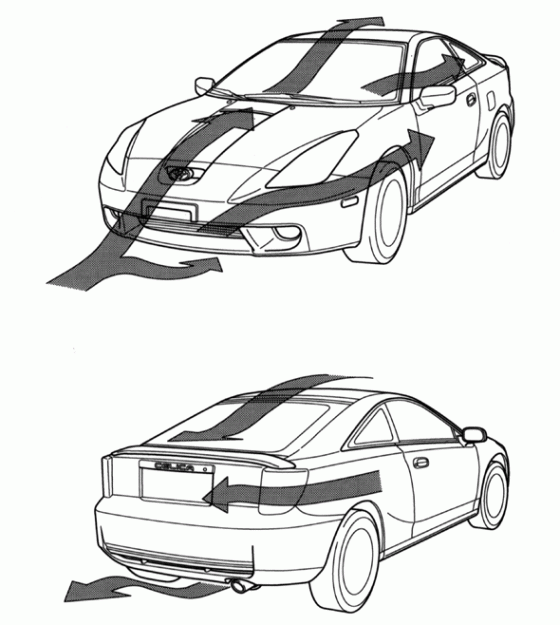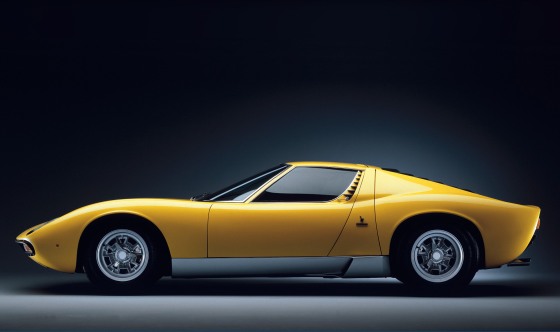 Many of us have driven with our windows down and our tops down so that we can feel the wind billowing around us. It is an amazing feeling altogether.
Many of us have driven with our windows down and our tops down so that we can feel the wind billowing around us. It is an amazing feeling altogether.
This however is just one perspective we have of the effects of wind or more specifically air. Have you ever considered the air around us as a barrier that our cars have to cut through to move from one place to another?
We rarely think about air that way because we cannot see it but the effects of this invisible air barrier on the performance of any vehicle is significant.
A representation of Drag Co-efficient for various objects.
Significance of the air barrier:
- The car has to exert more energy to cut through the barrier.
- This is especially true at higher speeds than at lower speeds when the air resistance keeps increasing.
- This means a car has to expend more fuel to maintain momentum against this invisible barrier.
A car is almost like the wing of an aircraft or aerofoils as they are known in the aerospace industry. The working of an aerofoil is very interesting and extremely essential to further understand it’s application in the automobile industry.
PRINCIPLE OF LIFT
A diagram representing “Lift”
The force that makes an airplane fly in addition to the forward thrust provided by the engines is called lift. Lift is created when a fluid interacts with a body. The governing conditions for generating can be specified in two ways:
- The first variant is moving fluid interacting with a stationary object the fluid envelopes.
- The second variation is stationary fluid interacting with an object moving through the fluid.
WORKING OF AEROFOILS
An aerofoil splits the air it is moving against into two separate streams. One of these streams moves on top of the aerofoil while the second moves below it.
The way lift is generated is purely due to the difference of air pressure between the top of the aerofoil and it’s bottom.
- The air on top of the aerofoil moves much faster than the air velocity below the aerofoil due the way it has been designed. Observe the shape of the aerofoil. You should notice significant similarities between the geometrical shape of the aerofoil and a drop of water.
- The air moving faster reduces the pressure on the top surface of the aerofoil.
- The slow moving air on the other hand produces an opposite high pressure region below the aerofoil.
- The motion of an aerofoil is thus upwards since the high pressure air region below the foil successfully pushes the foil upwards against the lower pressure region on top.
This produces lift.
APPLICATION OF LIFT (DOWN FORCE) IN AUTOMOBILES:
Wind Tunnel Testing for Aerodynamic Profiling.
I think we would hardly like it if our vehicles took off when we accelerated at higher speeds. This gives rise to the necessity of a force opposite to lift or the application of the force of lift in exactly the opposite way it is used in an aircraft. Automobiles thus use the concept of down force to make sure that vehicles hug and stick to the road as they accelerate instead of well, taking off!
More rounded designs and shapes on the exterior of the vehicle are crafted to channel air in a way such that it flows around the car with the least resistance possible. Some high-performance cars even have parts that move air smoothly across the underside of the car called under body diffuser panels. Many also include a spoiler to keep the air from lifting the car’s wheels and making it unstable at high speeds.
So now if we look at the way automobiles are designed, the air pressure above the vehicles is normally less and the air pressure below the car is higher. Why? Because any vehicle is shaped like an aerofoil! So almost every car generates lift force. The engineering comes into play to counterbalance this lift force using down thrust and ground forces.
FLOW DETACHMENT:
A Computational Fluid Dynamics Model to represent Flow Detachment
When a car is cutting through the invisible air barrier the space directly behind the car is “empty” or like a vacuum. This empty area is a result of the air molecules not being able to fill the space as fast as the car creates it. The air molecules attempt to fill in to this area and they do succeed but the car has already moved on and created a fresh empty space to fill. Thus a continuous negative pressure sucks in the opposite direction of the car. This inability to fill the hole left by the car is technically called Flow detachment.
The Green lines in the above figure show continuous laminar air-flow. The Blue portion shows the area where Flow Detachment takes place creating a negative pressure and thus reducing the ability of the car to “Cut through” the air like a bullet.
There are two types of car designs that clearly differentiate between flow detachment of air over cars.
- Fastback Cars
- Three-Box Cars
As we can see very clearly the use of continuous body work near the tail of the vehicle allows the airflow around the car to Flow “Attached” for a longer duration minimizing turbulence and the drag force on the vehicle.
THREE-BOX SEDAN CONFIGURATION:
But there are lot of three-box car designs that are being used now-a-days in the form of numerous sedans so discussion on safe aerodynamic calibration for these three-box cars is very important.
Types of 3-Box Configurations.
In the three-box car, as the air flows over the hood of the car, it loses pressure and creates a small lifting force (like trying to suck the hood off the car), but when it reaches the windshield, it again comes up against a barrier and briefly reaches a higher pressure.
Representation of areas which experience different aerodynamic forces
The higher pressure area in front of the windscreen creates a down force. This is like pressing down on the windshield and slowing the car, while the front end is lifted upward. As the higher pressure air in front of the windshield travels over the glass, it accelerates, causing the pressure to drop. This pressure reduction lifts the car’s roof as air passes over it, while air passing underneath the car adds additional lift.
COMPONENTS USED ON CARS TO MAXIMIZE DOWN-FORCE:
Drag area and volume in the absence of a spoiler and diffuser.
Picture Credits : Jakub Suchy @ http://www.ministryofwheels.com/aerodynamics-s50
(Thanks a bunch for making such an easy to understand graphical representation of air drag mechanics! Looking forward to many more collaborations!)
To counteract excessive vacuum force created behind the car a under body diffuser and a spoiler is used to create a low pressure region below the car and a high pressure region above the car respectively.
UNDER-BODY DIFFUSER:
The diffuser has a narrow mouth that is situated very close to the air dam of the car. This means that “high pressure-low velocity” air enters the diffuser.
The diffuser is designed in such a way that it allows the gradual expansion of air along its length which lowers the air pressure and increases air velocity near the outlet of the diffuser.
Since the outlet of the diffuser is near the tail bumper of the car it helps creating a down force that keeps the car firmly on the ground.
SPOILERS:
A spoiler is an automotive aerodynamic device whose intended design function is to ‘spoil’ unfavourable air movement across a body of a vehicle in motion, usually described as turbulence or drag. They help reduce aerodynamic lift and drag at the rear of the vehicle.
Spoilers on the front of a vehicle are often called air dams, because in addition to directing air flow they also reduce the amount of air flowing underneath the vehicle which generally reduces aerodynamic lift and drag overall.
Air Flow with Spoiler retracted (Mercedes Benz SLS AMG-GT)
Air Flow with Spoiler activated.(Mercedes Benz SLS AMG-GT)
The Above animation shows a change in wind flow at various spoiler retraction positions.
So to compare the effects of both the use of a diffuser and a spoiler simultaneously over a regular 3-box sedan configuration lets look at the picture below:
This shows a reduction in the vacuum force behind the car which results in lower drag force.
Reduction in area of Vacuum Pressure due to the use of a spoiler and a diffuser.
AIR DAM
An air dam is the term used to describe an aerodynamic component of a car that brings the air in front of the car to almost a complete stop and splits the air into 6 dominant air streams. It works in tandem with the spoiler and the under-body diffuser to reduce drag, reduce lift and facilitate proper cooling of the engine and the braking system.
Stream 1: Flows over the car.
Stream 2: Flows under the car.
Stream 3: Flows into the Engine Bay for cooling purposes (Front Engine Cars)
Stream 4: Flows along the sides of the car almost hugging the body work.
Stream 5: Flows to the Braking System on the Front wheels.
Stream 6: Flows to the Braking System on the Rear wheels.
Alternative Stream 3: Air flow is channelled to the Engine bay through Air Scoops for Rear Engine Cars.
Air Channelling around the using a combination of the Air Dam, Diffuser & Spoiler.
Ending this post with 3 streamlined beauties of the past and the present that gave me inspiration to write this post, I present to you:
The Lamborghini Miura
The 1966 Ford GT-40
The 2013 Mercedes SLS AMG-GT
Lamborghini Miura
1966 Ford GT-40
Mercedes Benz SLS-AMG-GT 2013
Automotive Aerodynamics is so huge a chapter that I might have missed out on a few things. I am really sorry if I did and i hope i have done justice to this topic.
If you come across any topic you think i can add to make this article better please do comment below and I shall definitely look into it!
Till then I hope you have had a good time reading this article, a long one at that & I hope it has answered most of your questions regarding how aerodynamics works on cars.
Happy Reading People ^_^
